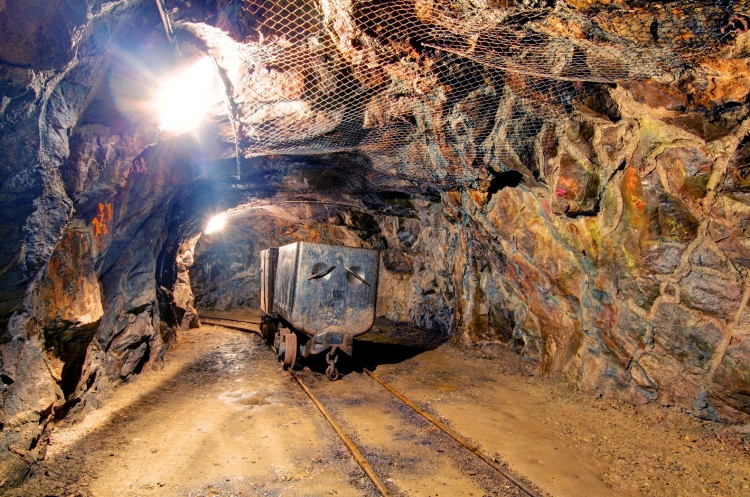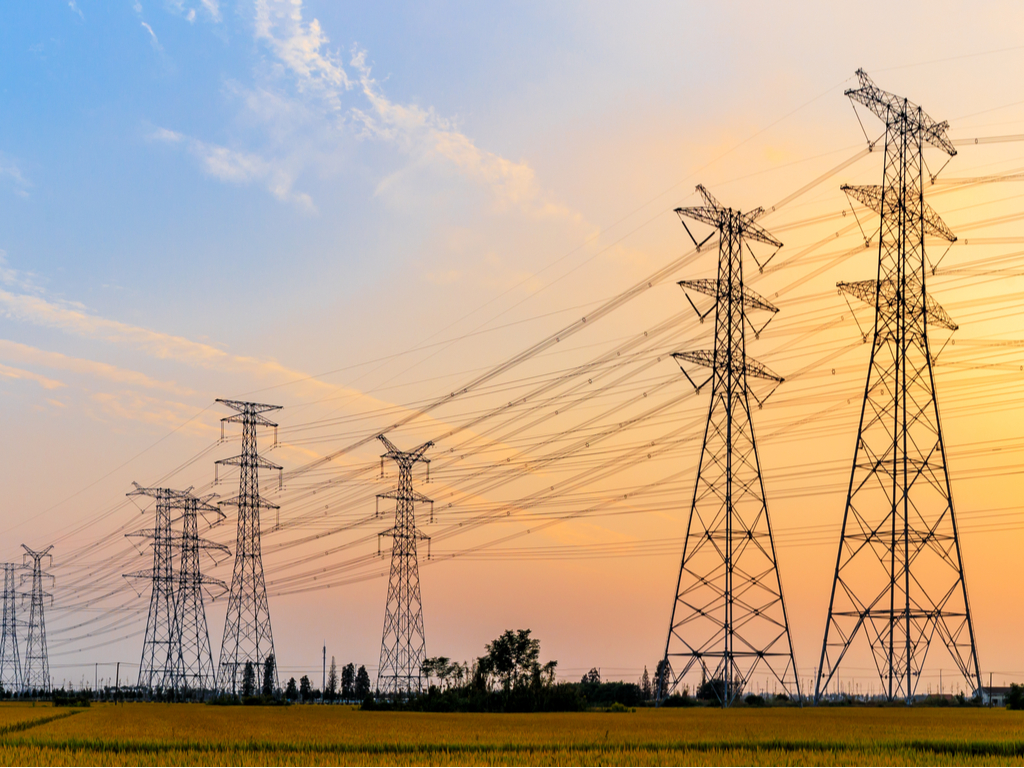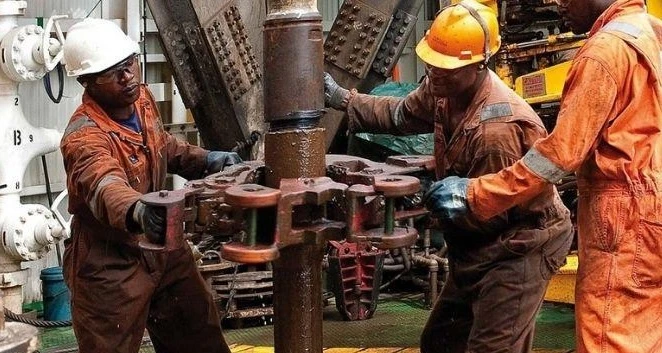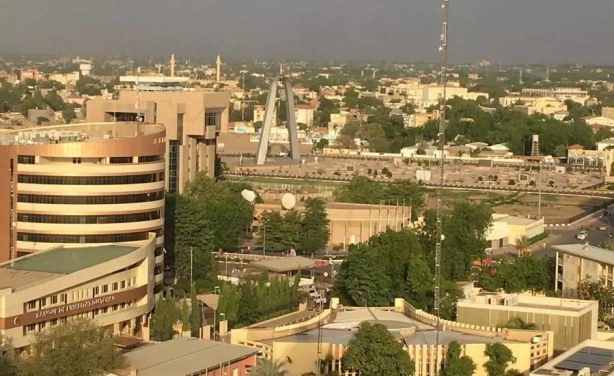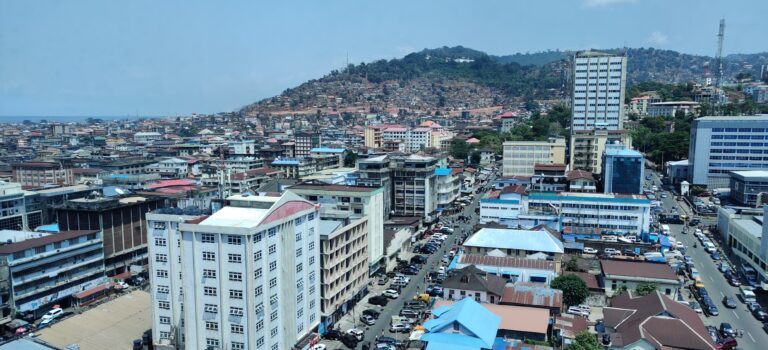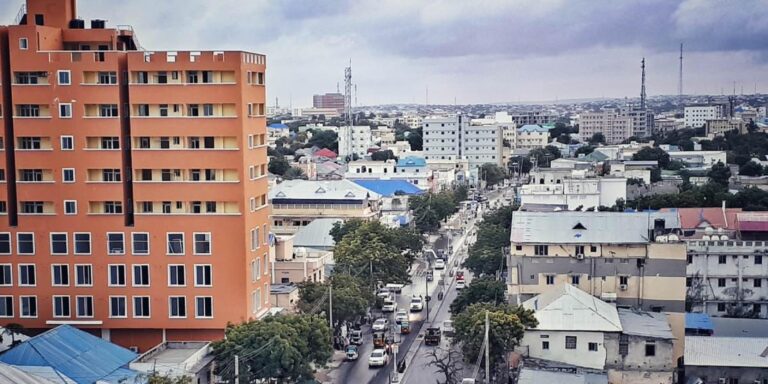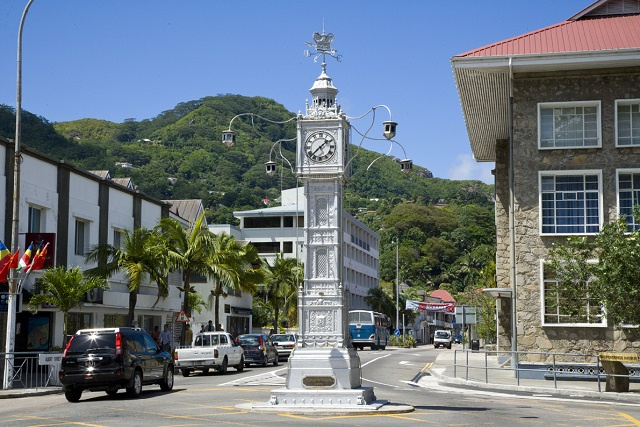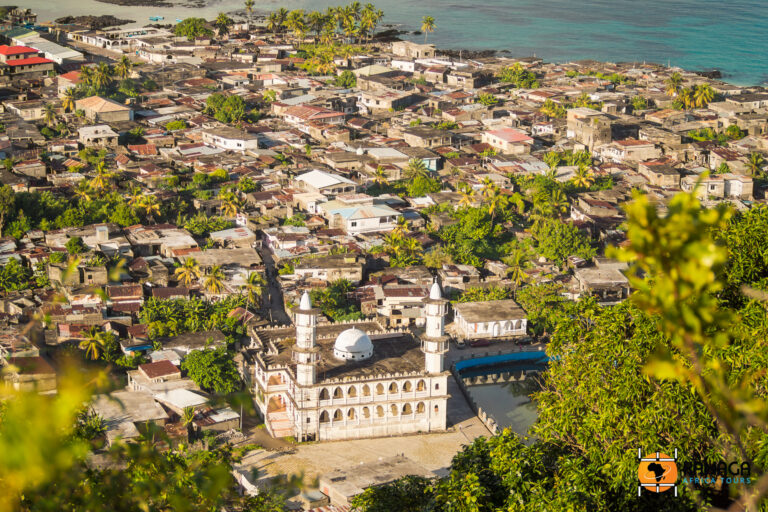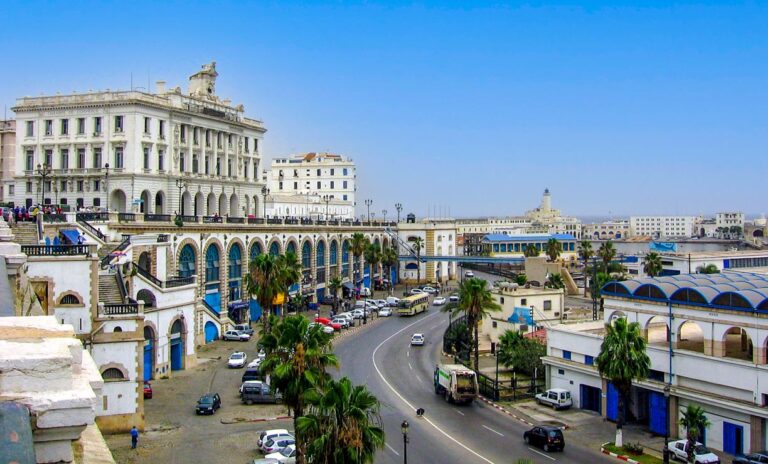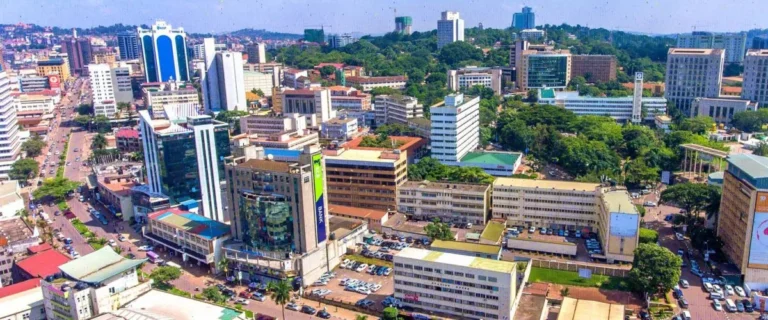The Republic of Chad is a landlocked country at the crossroads of North and Central Africa. It is bordered by Libya to the north, Sudan to the east, the Central African Republic to the south, Cameroon to the southwest, Nigeria to the southwest (at Lake Chad), and Niger to the west. The current population of the Republic of Chad is 17,833,401 as of Thursday, June 29, 2023, based on Worldometer elaboration of the latest United Nations data. 1.6 million of Chad’s population live in the capital and largest city N’Djamena.
General Mahamat Idriss Déby Itno, also known as Mahamat Kaka, was the eldest son of the late President of Chad, Idriss Déby, and was named interim president after his father’s death. He was born on January 1, 1984.
Cotton is one of Chad’s important agricultural products. Although it is an export crop, the processing of raw cotton employs a majority of those in industry and accounts for some of Chad’s export earnings. Most of the cotton fibre ginned in Chad’s processing plants is exported to Europe and the United States.
Chad’s livestock constitutes another important economic resource and is primarily distributed across central Chad. Much of this wealth is not reflected in the national cash economy, however, and livestock products form about one-tenth of exports. There is a refrigerated meat-processing plant at Sarh. The government has tried to improve livestock by introducing stronger breeds and production by building new slaughterhouses.
Chad faces a lot of economic and political problems. Even though the country sits “atop reserves of some of the world’s most precious natural resources, including uranium and gold, and pumps about 130,000 barrels of crude oil a day, generating billions of dollars in annual revenues,” Chad remains one of the world’s poorest countries, according to the United Nations Development Programme’s human development index.
Chad does not have a national definition of youth available. However, the African Youth Charter, ratified by Chad, defines youth as including all those 15–35 years old.
The statistic shows the youth unemployment rate in Chad from 1999 and 2019. According to the source, the data are ILO estimates. In 2019, the estimated youth unemployment rate in Chad was 3.26 percent.
Chad has established the Government “Vision 2030, the Chad we want” with the main objective being to make Chad an emergent country by 2030. Specifically, in consolidating the foundations of good governance and the rule of law by strengthening national cohesion and creating the conditions for sustainable development.
The current population of the Central African Republic is 4,983,609 as of Wednesday, May 4, 2022, based on Worldometer elaboration of the latest United Nations data.
Faustin-Archange Touadéra, born 21 April 1957 is a Central African politician and academic who has been President of the Central African Republic since March 2016.
Agriculture is the largest sector and the basis of the Central African economy, contributing half of the gross domestic product and occupying nearly four-fifths of the workforce; diamonds and timber also contribute to the economy
The country has rich natural resources in the form of diamonds, gold, uranium, and other minerals. Diamonds constitute one of the most important exports of the CAR, frequently accounting for 20-30% of export revenues, but an estimated 30-50% of the diamonds produced each year leave the country clandestinely. There may be petroleum deposits along the country’s northern border with Chad.
The Central African Republic population is predominantly young. More than 64% are under the age of 24. Young people are a tremendous resource for the country but their potential will only be realized when the right investments in their education, health, skills, and empowerment are made.
The economic strategy of the Central African Republic is based on the Sustainable Development Goals (SDGs), also known as the Global Goals, which were adopted by the United Nations in 2015 as a universal call to action to end poverty, protect the planet, and ensure that by 2030 all people enjoy peace and prosperity.
With the support of the International Monetary Fund and the World Bank, Rwanda has made important economic and structural reforms and sustained its economic growth rates over the last decade.
Rwanda has guarded its political stability since the 1994 genocide against the Tutsi. Parliamentary elections in September 2018 saw women fill 61% of seats, the Rwandan Patriotic Front maintain an absolute majority and, for the first time, opposition parties, the Democratic Green Party of Rwanda and Social Party Imberakuri won two seats each. President Paul Kagame was re-elected to a seven-year term in August 2017, following an amendment to the constitution allowing a third term.
.
Business opportunities in Chad
Chad’s ongoing development presents opportunities for medium and large-scale projects in oil exploration, power generation and distribution (especially solar), mining, livestock, agribusiness, telecommunications, and infrastructure. There are opportunities in niche markets such as gum Arabic and natural products like shea butter, spirulina, and moringa, as well as opportunities to develop value-added products, such as meat products and other processed agricultural goods.
